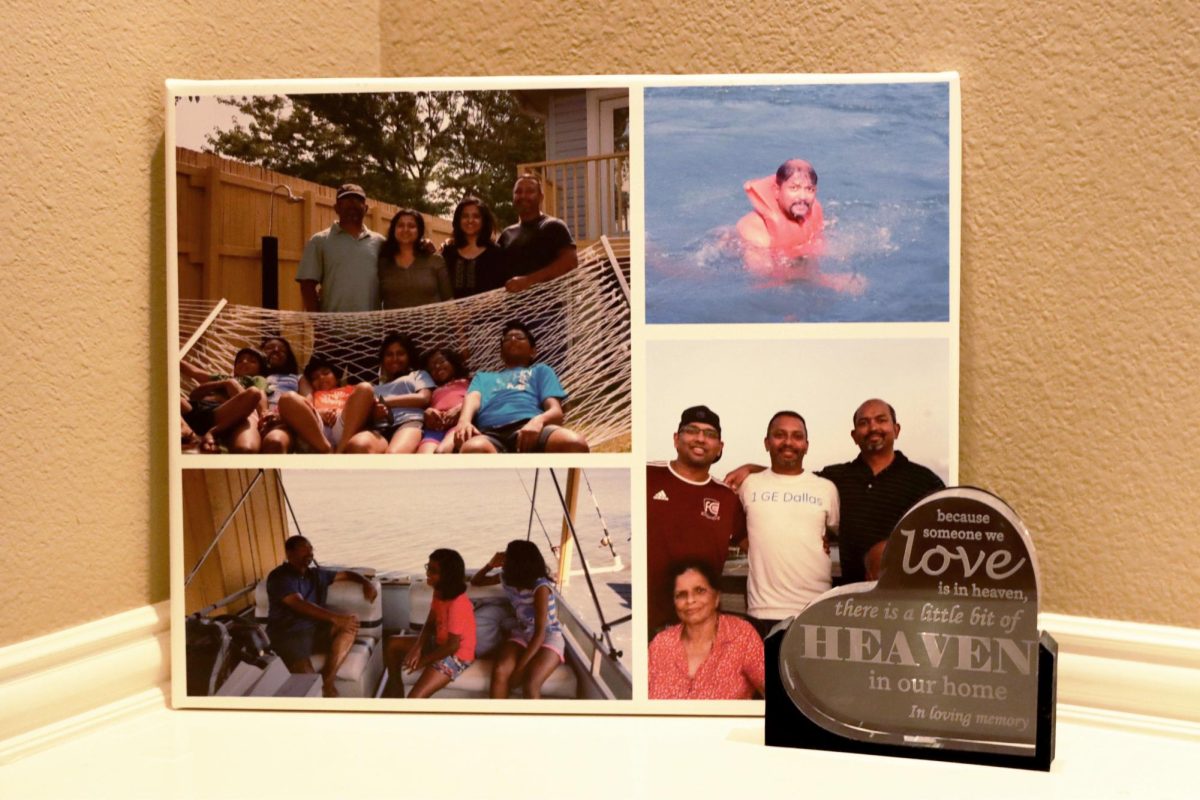Three hundred and thirty four.
There were 334 deaths in Texas last year related to heat: 334 graves dug, 334 lives lost and 334 families torn apart.
Three hundred and thirty four deaths from one of the most treatable causes for illness.
Texas citizens are facing heat waves that are hotter and longer than previous years and have seen record-breaking numbers of deaths and serious injuries due to the heat. The National Institute for Occupational Safety and Health (NIOSH) has published criteria for a recommended standard for occupational heat stress, and certain states have set in place specific standards for heat exposure. Texas should follow suit.
From June to September — a total of 122 days a year — the average temperature exceeds the national “caution” temperature of 80 degrees Fahrenheit. For two of those months, the average is hot enough for the National Weather Service to declare “extreme caution.” For modern-day Texans, the heat is just a part of our daily routine, but the number of days over 100 degrees has risen from eight days in 2021 to 55 days in 2023. The world is getting hotter, yet there is no legislation passed to ensure employers and schools take steps to make us safer.
Though the school has practice areas for certain sports to practice inside, the majority of student athletes play their games outside. For fall sports, these days can range anywhere from 80 degrees Fahrenheit to over 100. However, LISD does provide regulations when regarding practices, but only once the temperature is 110 degrees Fahrenheit — or a heat index of 120 — will practice be canceled.
Once the heat index is 103 degrees Fahrenheit outside, heat cramps and heat exhaustion become more likely with exercise or prolonged exposure; student athletes must do both. While hydration is important, it is not enough to ward off the heat. Despite the band directors shifting summer rehearsals in an attempt to avoid the heat, students have shared continued heat-related symptoms. This is only a small part of the problem the state, and the country, faces.
The problem extends past the school and into the workforce, both for high school students and adults. On Aug. 7, a UPS driver passed out on their way back to the UPS storehouse due to heat-related symptoms, crashing the vehicle in the process. The driver survived, but was admitted into the hospital. This isn’t a one-off event; more workers suffer heat-related injuries and illnesses in Texas due to their jobs than any other state. While some jobs provide water or a fan, it is not required by law, and cannot shield the heat. Simple laws regulating the time a worker can stay in the heat or requiring access to shade and water could help fix all of this. The state does not have to heavily involve itself in businesses, but it should not stand aside and watch people get hurt. It is imperative that Texas follow the handful of other states — none of which get nearly as hot — and put in place laws that require shade or water for all workers and regulate the amount of time one can stay in the sun. Heat is among one of the most treatable causes for illnesses, injuries and death; there is no excuse for the carelessness that has lost us 334 Texas citizens.









